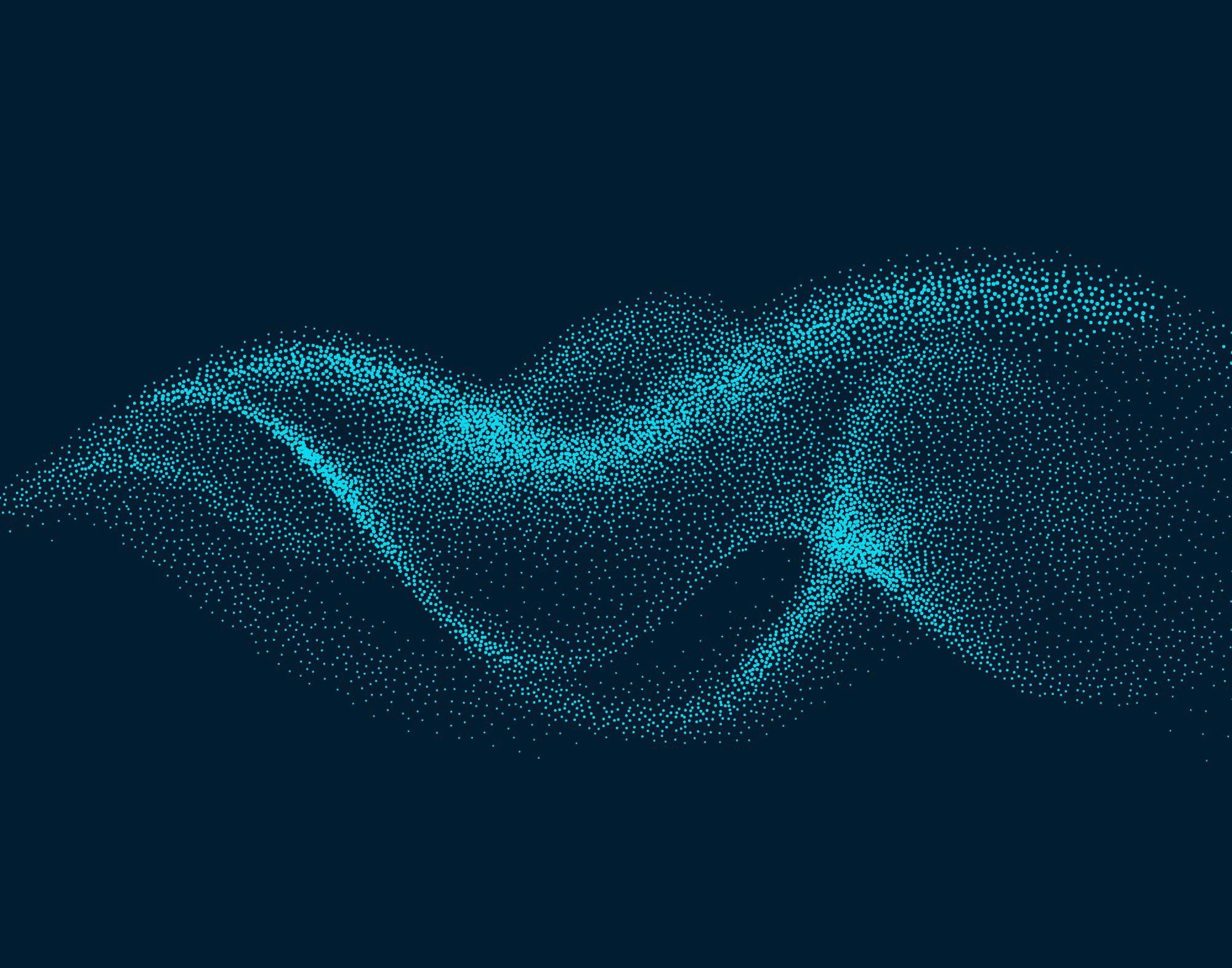Reviewed by Alex SmithOct 27 2021
A new approach of probing the properties of anyons, strange quasiparticles that could be beneficial in future quantum computers, has been displayed by a research team from Brown University.

Image Credit: MicroOne/Shutterstock.com
As part of the study, a new way of probing anyons has been explained by the researchers, which involves quantifying the delicate properties of how these particles conduct heat. This new method allows scientists to probe anyons even in non-conducting materials, whereas other techniques probe such particles with the help of electrical charge.
The study has been published in the Physical Review Letters journal.
According to scientists, that is crucial since non-conducting systems possess much less rigorous temperature needs. This makes them a highly practical option for quantum computing.
We have beautiful ways of probing anyons using charge, but the question has been how do you detect them in the insulating systems that would be useful in what’s known as topological quantum computing. We show that it can be done using heat conductance. Essentially, this is a universal test for anyons that works in any state of matter.
Dima Feldman, Study Co-Author and Physics Professor, Brown University
Anyons have gained great attention as they do not obey the same rules as particles in the daily, three-dimensional world. In three dimensions, only two broad types of particles exist: fermions and bosons. Bosons obey the so-called Bose-Einstein statistics, while fermions obey Fermi-Dirac statistics.
In general, such different groups of statistical rules imply that if one boson orbits around another in a quantum system, the wave function of the particle, that is, the equation that completely explains its quantum state, does not get altered.
At the same time, if a fermion orbits near another fermion, the phase value of its wave function turns over from a positive integer to a negative integer. If it orbits again, the wave function comes back to its real state.
Anyons, which occur only in systems that are limited to two dimensions, do not obey either rule. When one anyon orbits another, its wave function varies by a certain fraction of an integer. Also, another orbit is not needed to restore the actual value of the wave function. Rather, it has a new value—nearly as if the particle retains a “memory” of its interactions with the other particle, although it ended up back where it began.
Such memory of past interactions can be utilized to encode data in a powerful way, which is the reason why these particles are considered fascinating tools for quantum computing. Quantum computers have the potential to execute some kinds of calculations that are almost not possible for present computers.
A quantum computer based on anyons—also called a topological quantum computer—can function without elaborate error correction. This is a significant stumbling block in the quest for usable quantum computers.
However, making use of anyons for computing first necessitates the ability to find such particles by probing their quantum statistics. In 2020, scientists achieved that with the help of a method called charge interferometry. Anyons are spun near each other, making their wave functions interfere with each other at times.
The pattern of interference shows the quantum statistics of the particles. Such a method of probing anyons with charge works attractively in systems that conduct electricity, the scientists say, but it cannot be employed to probe anyons in non-conducting systems.
Moreover, non-conducting systems can be beneficial at higher temperatures compared to conducting systems, which require being near absolute zero. This makes them a more practical choice of topological quantum computing.
For this new study, Feldman, who was part of a team that quantified the heat conductance of anyons in 2017 for the first time, joined hands with Brown graduate students Zezhu Wei and Vesna Mitrovic, a Brown physics professor, and experimentalist.
Wei, Feldman, and Mitrovic demonstrated that a comparison of the properties of heat conductance in two-dimensional solids etched in highly specific geometries could disclose the statistics of the anyons in those systems.
Any difference in the heat conductance in the two geometries would be smoking gun evidence of fractional statistics. What this study does is show exactly how people should set up experiments in their labs to test for these strange statistics.
Dima Feldman, Study Co-Author and Physics Professor, Brown University
Eventually, the team considers that the study is a step toward comprehending if the peculiar behavior of anyons can be leveraged for topological quantum computing.
The study was financially supported by the National Science Foundation (DMR-1902356, QLCI-1936854, DMR-1905532).
Journal Reference:
Wei, Z., et al. (2021) Thermal Interferometry of Anyons in Spin Liquids. Physical Review Letters. doi.org/10.1103/PhysRevLett.127.167204.